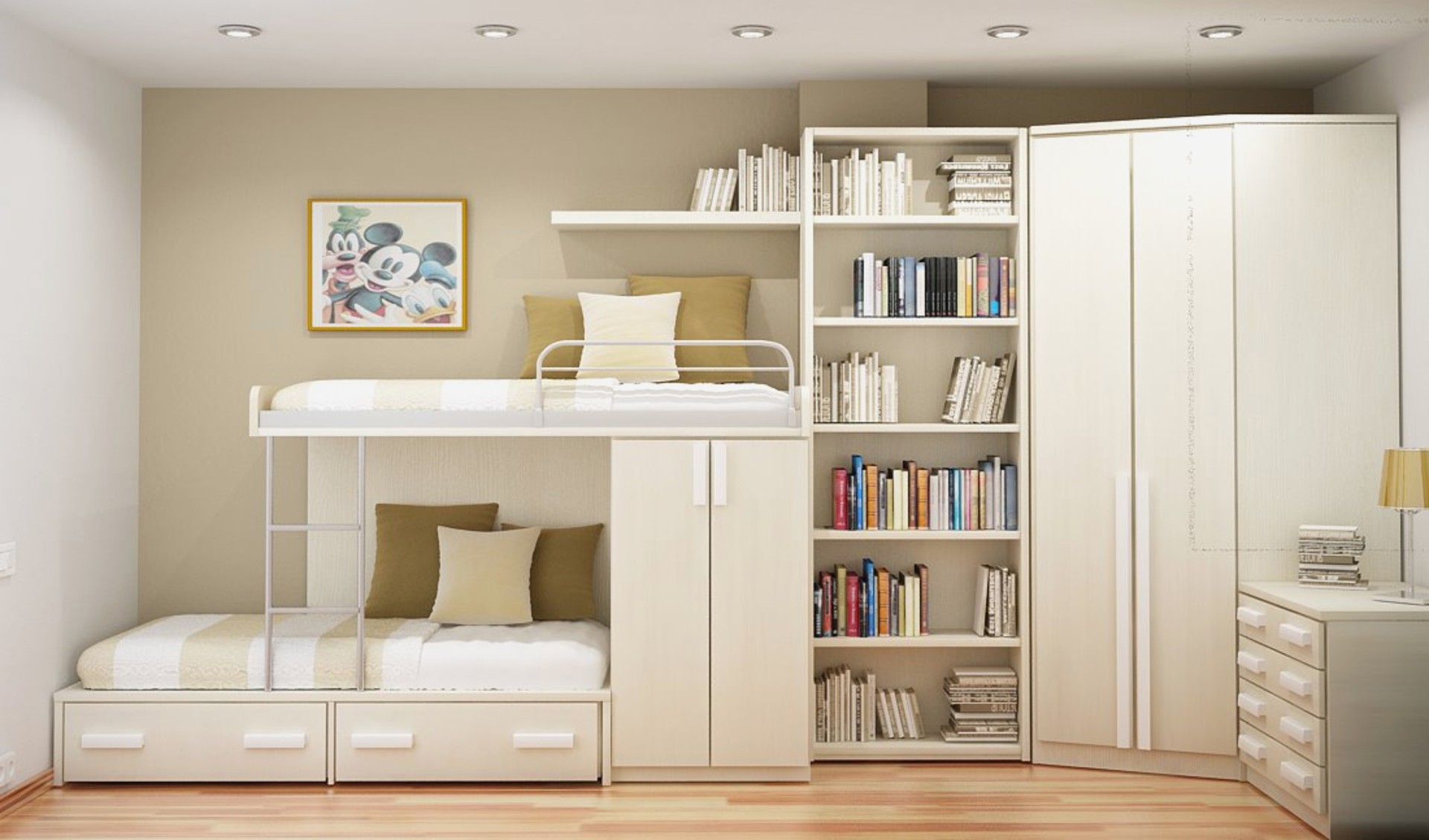Unfortunately, many homeowners don’t realize that their homes have an increased fire risk until it’s too late. Fires do not only start from open flames or electrical shorts; they can be caused by even the most unseemly causes as well. That said, is your home full of fire hazards, and you don’t know it? Read on to find out more about the things that could be increasing your fire risk.
Old Electrical Wiring
The thing about electrical wiring is that you can’t see them unless you perform an inspection. Hence, years can go by before you notice that something is wrong—or until it sparks a problem, quite literally.
Having old electrical wiring is one of the most common causes of electrical shorts and fires. If you live in an older home, you might want to have your wiring checked out regularly by a professional to see if they are still in good shape. Wiring can tear and fray over time, and when left unchecked, it may cause problems that go beyond just a tripped circuit breaker.
Dirty Dryer Vent
We all know the dangers of having too much lint in the dryer, but have you been checking your dryer vent as well? A dirty dryer vent is a major fire hazard. When the heat from the dryer ignites the lint in the vent, the fire can spread quickly and cause massive damage to your home—not to mention put your family’s lives at risk as well.
To prevent this from happening, a good rule of thumb is to hire a dryer vent cleaning service to clear out your vent at least once a year. If your family is above-average-sized (and uses only one dryer), you may want to do this at least twice a year to be safe.
Greasy Stovetop
A stovetop should be kept clean at all times to avoid attracting pests to your home and potentially transferring food-borne bacteria to the things that you cook. Moreover, cleaning your stovetop regularly will help you avoid cooking-related fires, which can stem from the flame making contact with the greasy surface.
Thus, make it a habit to wipe your stovetop clean every day or every other day. If excessive amounts of grease splatter from your cooking vessel and end up on the stovetop, wipe the grease off immediately to eliminate the risk of a grease fire.
Candles
It goes without saying that candles should never be left unattended nor placed anywhere near flammable materials, but, unfortunately, house fires from candles still occur quite frequently in the U.S. In fact, candles are some of the leading fire causes in the country, having caused 7,610 house fires from 2014 to 2018.

It is therefore highly advisable to never use candles altogether. But if you must use one, remember these important safety tips:
- Place the candle away from any flammable item, e.g., curtains, paper, pillows, etc.
- Never leave the candle unattended
- Only burn candles for a few minutes to an hour at a time, depending on their size
- Don’t light a candle that has less than half an inch of wax left
- Keep the candle out of reach of children and pets
- Extinguish the candle properly and completely after each use
Dirty Fireplace
A fireplace is a major fire hazard in and of itself, but it becomes even more dangerous when it is unkempt. If you have a fireplace, see to it that the chimney is swept at least once a year. Doing this will help clear away soot and debris that can become a fire hazard. Furthermore, keep the area around the fireplace clear from furniture, rugs, curtains, and other things that can catch fire when the fireplace is lit.
Paper kept Near Ignition Sources
Paper is not inherently a fire hazard, but when it is kept near ignition sources, it can help the fire spread quickly and out of control instantly.
With that in mind, keep paper away from things that can ignite it, such as the gas tank, the lawnmower, electrical outlets, and extension cords. Better yet, rid your home of unnecessary paper to reduce your overall fire risk, then keep the most important ones in a safe place that is away from ignition sources.
Correcting these potential fire hazards in your home can bring down your overall fire risk by a significant amount. Although these things are not the only potential hazards in your home, they are some of the most common—and possibly the most inconspicuous as well.



